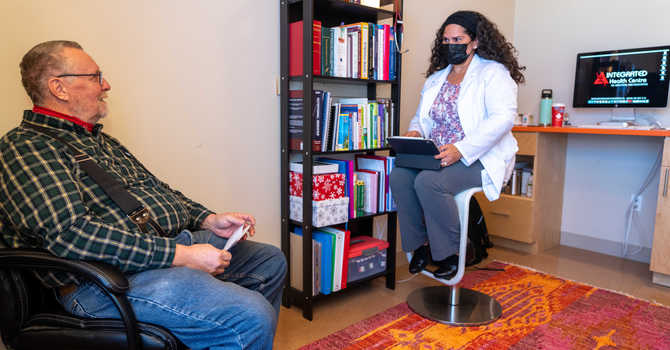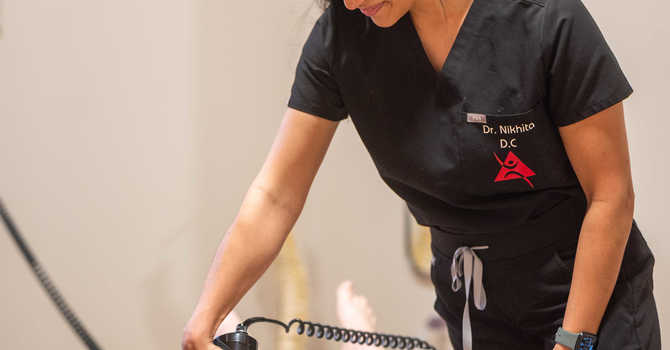
How often have you been told by one of your parents to stand up, sit up straight or to walk differently? Now this is probably because they wanted you to conform to what is agreed-upon as good posture. But there’s more to good posture than just appearances. Actively assuming upright postures, standing like superman, has been shown to improve the psychology of the person who practises this better posture. It can positively affect your depression and your sense of self-esteem – so in and of it’s self, better posture can lead to better quality of life.
But there is more to it than that; posture has a dramatic impact on the proper functioning of your body. Poor posture can cause you to expend a dramatically greater amount of effort to accomplish tasks, thereby limiting your energy. A quick example of this would be to stand straight and tall and reach for a high shelf and compare this with doing the same while putting a slight slump in your back and reaching up. You should notice that the shoulder range has reduced, that there is tension in your shoulders and if you held your arms up they would fatigue faster. This slumped posture can be seen to worsen as we age. As your middle back becomes more curved, this changes how well you can look over your shoulders, to the point that shoulder checks in the car become progressively more challenging.
An older patient by the name of Pat came to me for a complaint of significant knee pain only at night, disrupting sleep for 4 years prior to her presenting to my office. My exam revealed that her neck was the originating area for the pain, as she had a slumped posture and had lost a lot of rotational mobility of her neck. She then recounted a severe injury to her neck in her early childhood. As we treated her, we improved her neck movement so well that she ecstatically exclaimed that she could now drive a more direct route to her destination as she could now look left and make left hand turns again. Increase in the Thoracic/mid back curvature will also result in reduced space for your heart and lungs possibly affecting blood pressure and breathing.
Finally, posture dramatically impacts the nervous system, and the most obvious example is the impact of forward head carriage on the mid to lower cervical spine. It is at the cervical level 4-5 that the spinal canal, the boney ring that protects our nerves, is the narrowest, but the spinal cord is the thickest so you would think that there would be very low title room for error in posture. But this is not borne out by reality, in fact it has been shown that a 16% reduction of space at this very narrow passageway in your neck can still leave you with a medically asymptomatic diagnosis with your doctor unable to give you a explanation for your ailments. This is exactly what happened to poor Pat, who was left with no recourse for her knee pain as there was nothing medically wrong with the knee, and no one looked at her as a whole or asked what could be aggravated while lying down.
So take a close look at yourself in a full length mirror and open your eyes and see if you are level from side to side, look at you ears, shoulders, hips, knees and feet see if they look level. Measure how tall you are and see if you have shrunk, this could be from increase from to back curves, have someone take a photo of you from the side and see if a straight line from your ear to the ground also passes through your shoulder, hip, knee and ankle. If you see any major deviations in your posture, don't ignore it! You should get it dealt with. Just because you may think it is doing no harm, you may be alarmed as to how much damage to your optimal functioning it has done already.
What we also know is that mild to moderate poor postures in youth will progress to much worse posture as you age, which will in turn affect how well you age along with what you could enjoy over your whole life. So don't delay in getting your posture back to as optimal as possible! If you are concerned about your posture or someone you care about, please don't hesitate to talk to one of our chiropractors.




